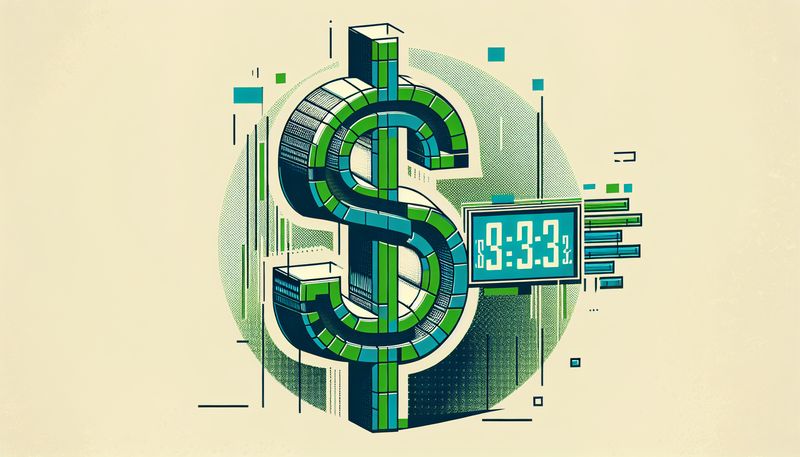Digital Timestamps: A Cost-Effective IP Protection Solution
21 April 24
In the complex world of intellectual property (IP) protection, securing your ideas, creations, and concepts can often seem like a daunting task. With the advent of blockchain technology, however, Digital Time Stamps has developed an innovative solution for IP protection that is not only effective but also cost-effective.
Digital Time Stamps offers a unique service that allows you to store an encrypted fingerprint of your work on the blockchain. This serves as a notarization of your idea, proving that you possessed the intellectual property at a specific point in time. This innovative approach greatly simplifies the process of IP protection, bypassing the need for lengthy and expensive legal procedures.
But how does it work? Digital Time Stamps creates a unique digital signature for each file you upload, protecting it against any potential tampering. These signatures act as solid proof that the contents of your file remain identical to its original version. Moreover, timestamps are processed quickly, and you can easily access a list of processed files along with their timestamp proofs and transaction history.
One of the greatest advantages of this system is its affordability. Leveraging the decentralized and publicly auditable Bitcoin blockchain, Digital Time Stamps offers this trustworthy solution at a mere $2.50 per file. The timestamping process is near-instantaneous, eliminating the wait for Bitcoin confirmations.
Applications of this service are manifold, from document sharing and securing file integrity to ensuring video integrity. Whether you are a creator, an entrepreneur, or a business owner, Digital Time Stamps can provide you with a simple, secure, and cost-effective solution for IP protection.
In conclusion, Digital Time Stamps offers a unique, cost-effective solution for IP protection, utilizing the power of blockchain technology. It's an innovative, expedient, and secure way to protect your intellectual property in today's digital age.

